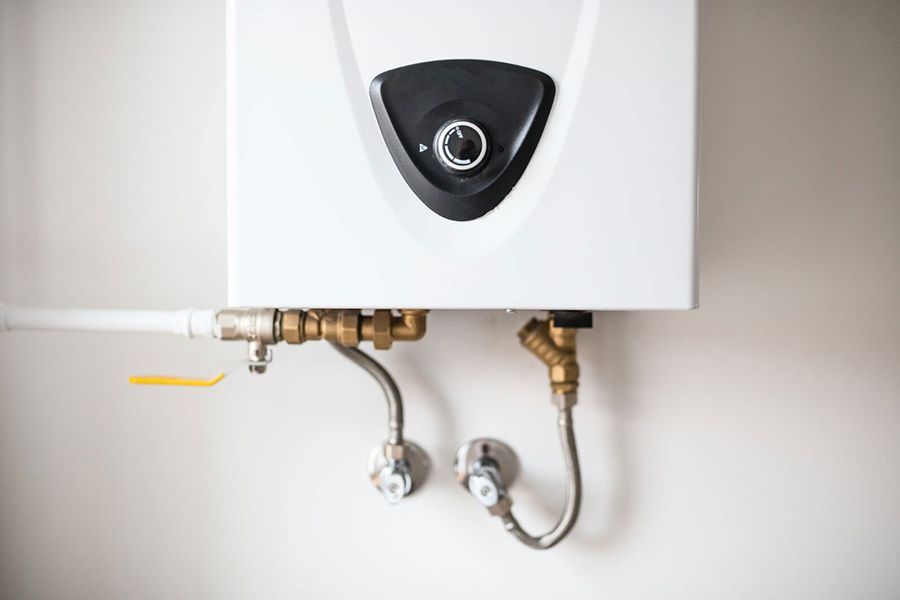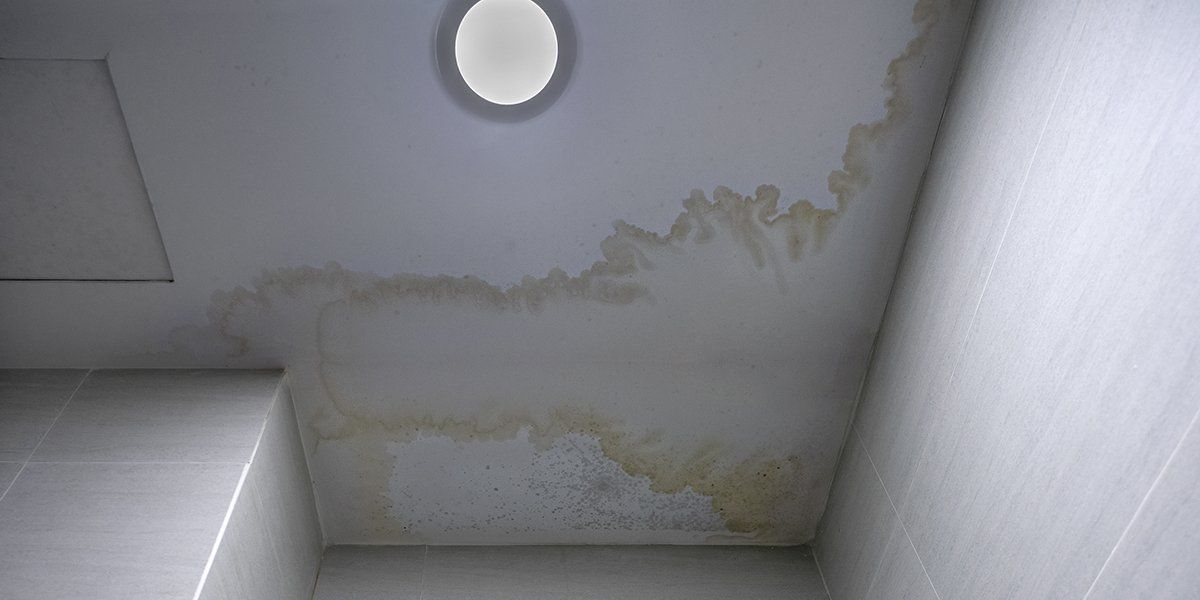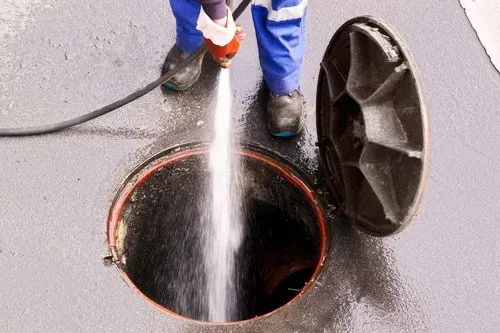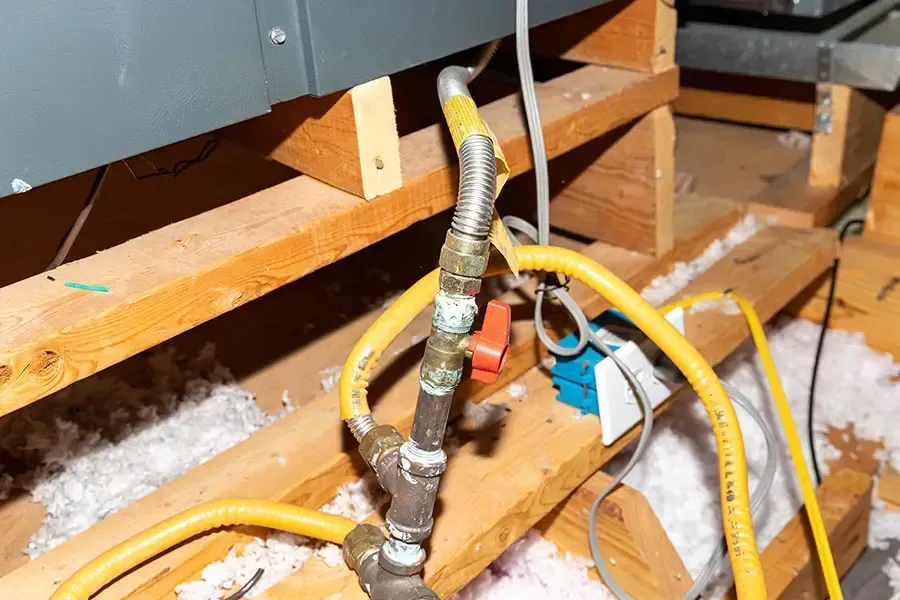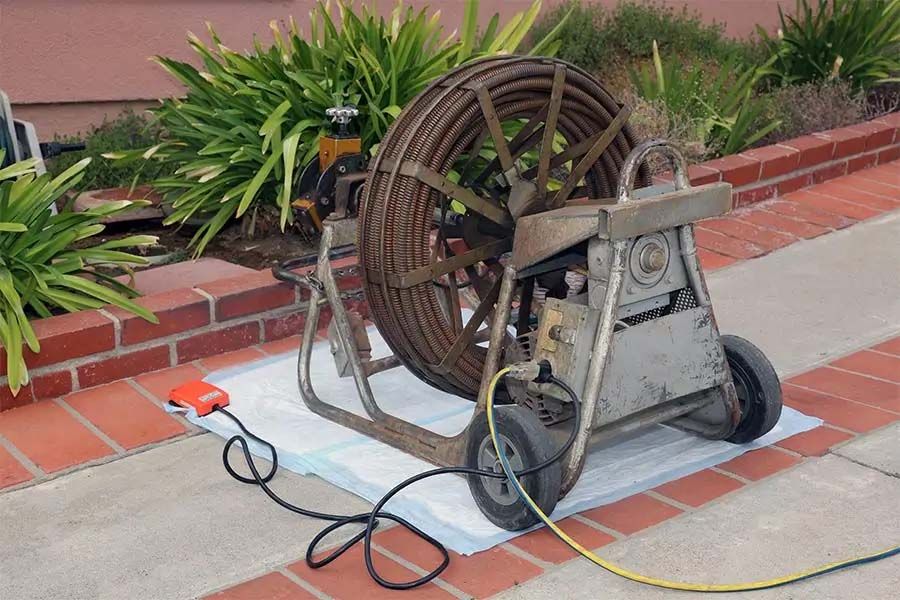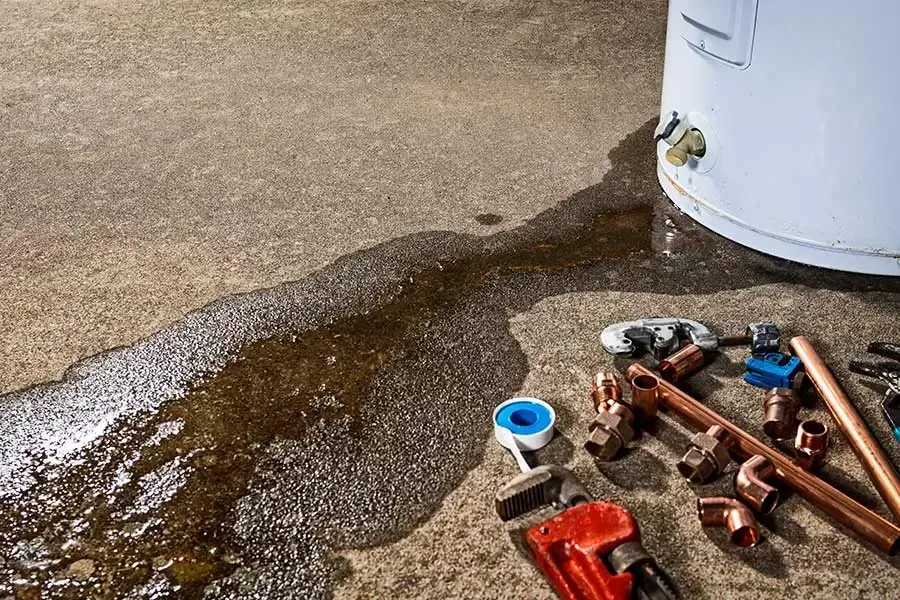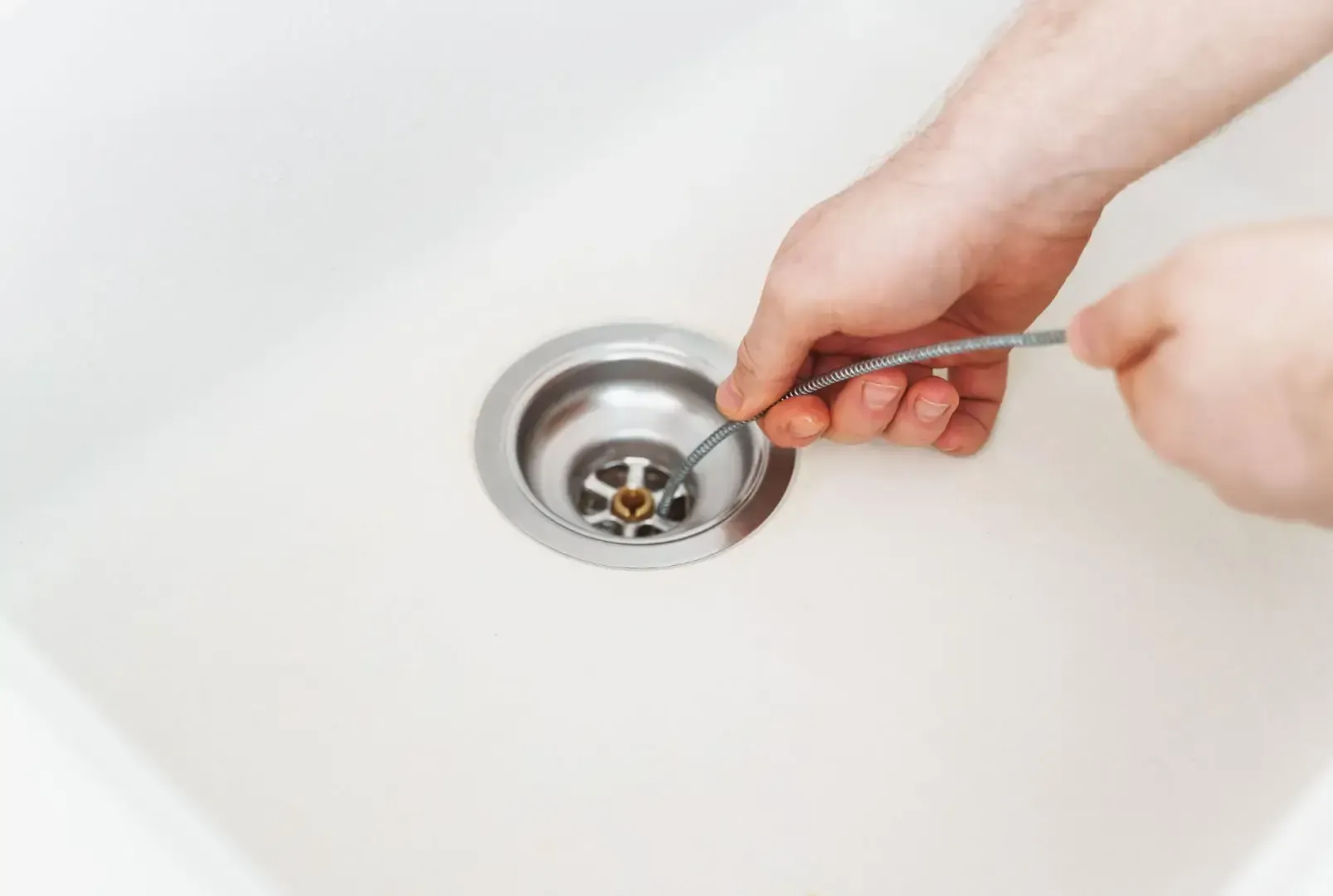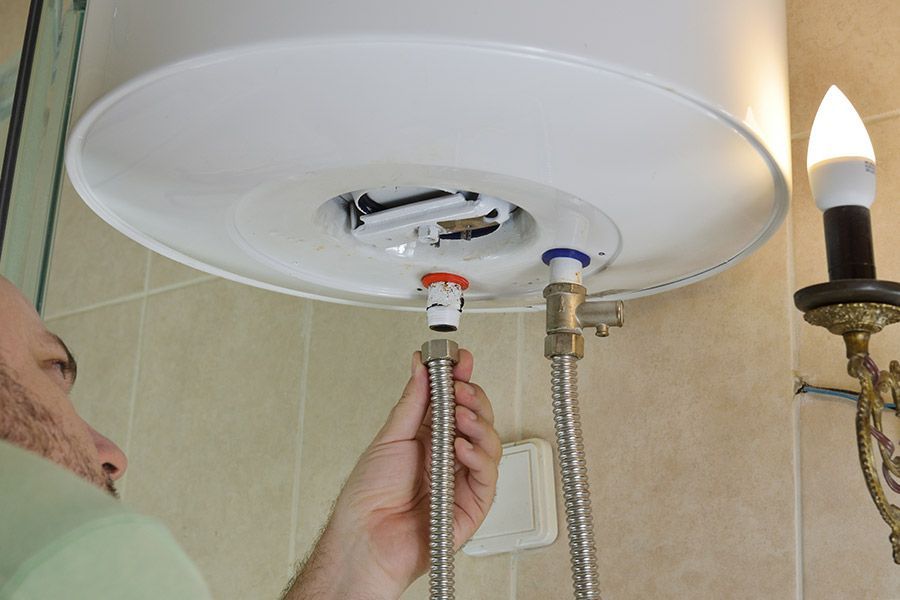How to Snake a 90-Degree Drain in Lyndhurst, OH
If you need to unclog toilets, sinks, and other drains without damaging your plumbing, contact Formica Plumbing and Sewer Co. today to schedule drain cleaning services.
Dealing with a drain clog in Lyndhurst, Ohio, is enough to put a damper on anybody's day. Drain clogs can be relatively simple to clear up, whether the obstruction comes from hair buildup or food waste. Yet, knowing how to snake a 90-degree drain is necessary for removing blockages within angled pipelines.
As Lyndhurst's top-notch plumbers, we at Formica Plumbing and Sewer Co. understand how frustrating it can be to reach the clog deep within an angled drain. Consider our guide below to learn how to use a drain auger on challenging drains.
Ensure You Have the Right Equipment to Snake a 90-Degree Drain in Your Lyndhurst Home
With many of Lyndhurst's 13,000 residents owning their properties, it's not uncommon for homeowners to try to clear drain clogs themselves before contacting local plumbing experts. Yet successfully removing a clog in a 90-degree pipe depends on having the right equipment to do the job. Here are the factors to consider before purchasing a drain auger or snake.
Type of Snake
The location of the plumbing clog will help determine the type of snake to use. For instance, sewer blockages will need a large sewer auger, which can be up to 50 feet in length or longer to accommodate long sewer pipes.
Toilet augers around 3/8 inches wide are more suitable for unclogging toilets. Since toilets have P-drains with a 90-degree angle, these plumbing snakes are ideal for maneuvering through the toilet line's internal trap. The same goes for sink augers that accommodate sink pipes ranging from 1.25 inches to 1.5 inches with curves.
Snake Operation
Plumbing augers can operate manually or using electricity and a motor. The ideal option for small drains with shallow clogs is a manual drain snake.
Yet, the electric variety is more suitable for severe obstructions deep within a pipeline. With an electric auger, the snake coil can extend deeper into the plumbing system and provide automatic rotation to break through tough blockages.
Snake Coil Size
When learning how to snake a 90-degree drain to prevent further plumbing problems for a Lyndhurst home or business, it's important to take note of auger coil sizes. Coils that are a quarter-inch in size have the necessary flexibility to get around corners and 90-degree turns, making them suitable for sinks and bathtubs. Toilets and main sewer lines need bigger coils, so opt for one with a coil that's at least 3/8 inches wide.
Snake Coil Length
If you have a relatively straightforward drain clog to remove in a sink, toilet, or shower drain, using a snake with a coil that's 25 feet long or less is ideal. Deep, stubborn obstructions may require help from a drain snake with a 50 to 100-foot coil. Using a long, powerful snake like a sewer auger on a shallow toilet clog won't be good enough to snake a 90-degree drain, and it can cause additional plumbing problems for a Lyndhurst home.
How to Make a Plumbing Snake Turn Corners
You might think that all you need to do to get an auger around a corner inside a pipeline is push the snake harder. Yet, the process can be more challenging than necessary if you don't use the proper technique.
When you use a drain auger for a sink, tub, or toilet, carefully put the snake head inside the drain without turning it. Applying excessive force can make the snake pop out of the drain, especially if it's not the right size.
If you think you hit the 90-degree angle inside the pipe, gently turn the auger crank in the opposite direction to make the snake head move up and down. Turning the auger counterclockwise won't allow the coil to collect debris, but it will make it easier to turn the snake head around the corner if one is present.
What Happens If the Snake Won't Turn in the Drain?
Sometimes, you can follow the appropriate snaking technique, and the coil won't turn or move forward. When that happens, it usually means the auger hit the blockage. You must slowly crank the coil to break up and pull out the offending materials.
How to Use a Plumbing Snake in a 90-Degree Drain in Lyndhurst
Follow these steps to protect your Lyndhurst home from inconvenient clogs by learning how to snake a 90-degree drain.
Insert the Snake Head into the Drain
Insert the snake head into the drain using the proper technique. Be sure to feed the coil down the pipe without rotating it.
Maneuver the Plumbing Snake
If you feel resistance when feeding the auger coil and suspect you've hit the 90-degree angle, slowly crank the snake clockwise to help the snake head navigate. If that doesn't work, crank the equipment counterclockwise to make its head move back and forth to find the right angle.
Feeding the coil down the drain while keeping it close to the opposite side of the corner may help the auger move into position naturally. Never force the snake forward. Otherwise, you risk damaging your plumbing.
Clear the Obstruction
Once the snake clears the corner and reaches the blockage, crank it at high speed to break up the debris. Let it spin for several minutes to break up tough blockages. When done, pull out the auger coil and flush the drain with water to remove leftover debris from the pipe.
Reach Out to Our Lyndhurst Plumbers for More Help Clearing Drain Clogs
Knowing how to snake a 90-degree drain can help keep your drains clear, but it's not always enough. For difficult problems or concerns like deep-set plumbing clogs, green corrosion on copper pipes, and pipe leaks, turn to Formica Plumbing & Sewer Co. No matter the plumbing service, our fully insured and licensed plumbers in Lyndhurst, Ohio, and the surrounding communities always deliver a stress-free experience.
We back up our superior services and excellent customer support with a 100% satisfaction guarantee—call
440-943-0033 today to schedule an appointment.
